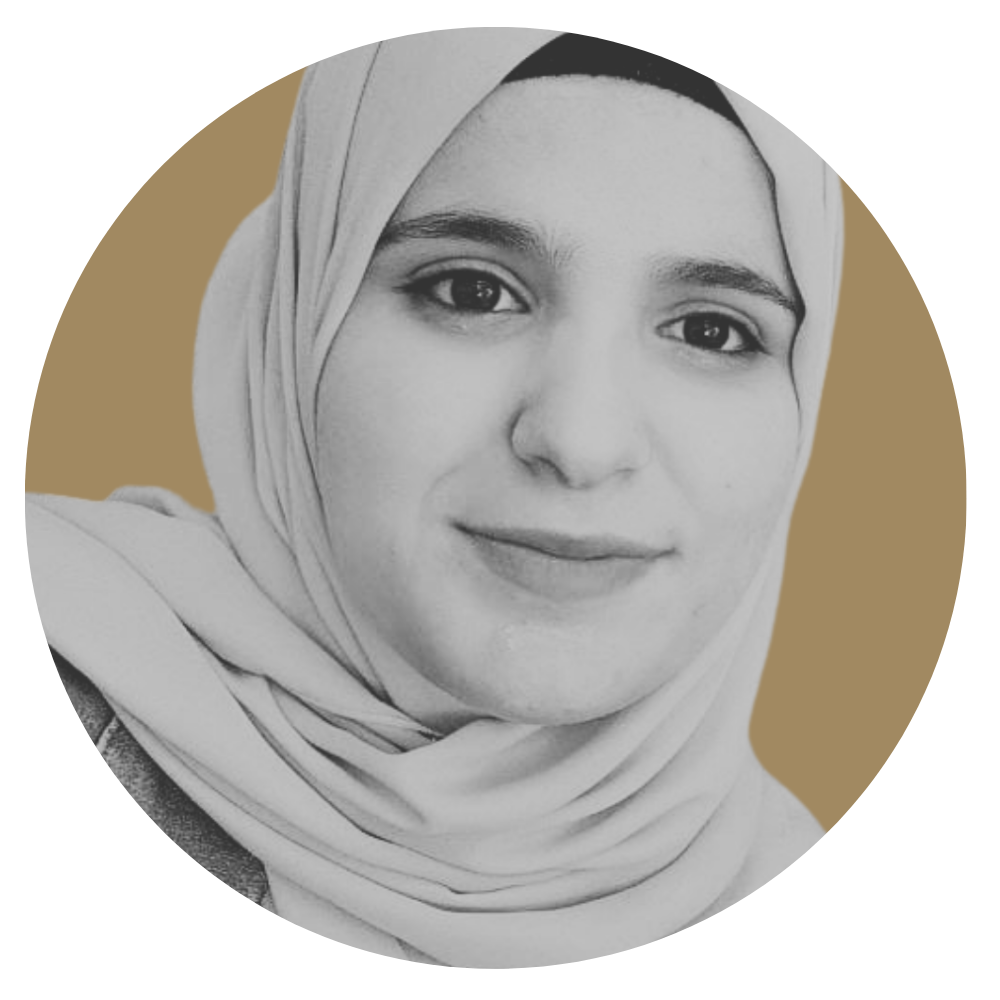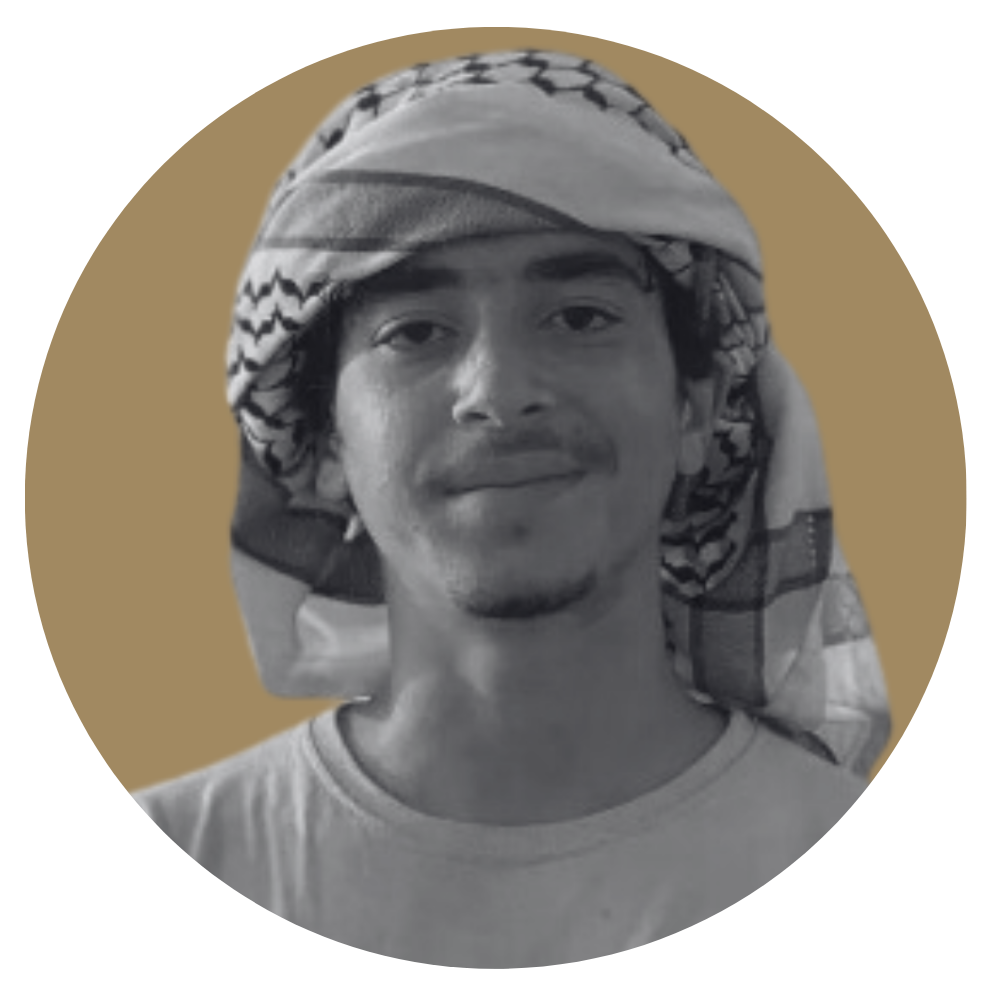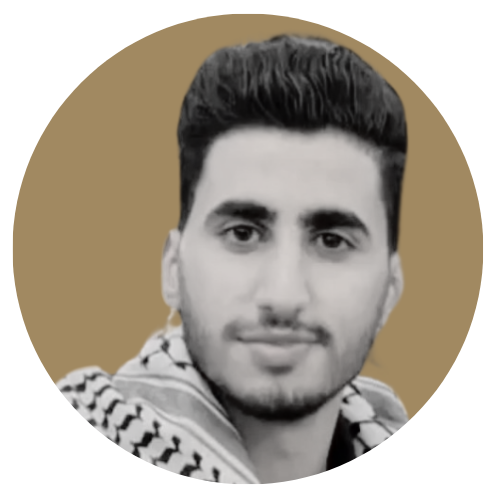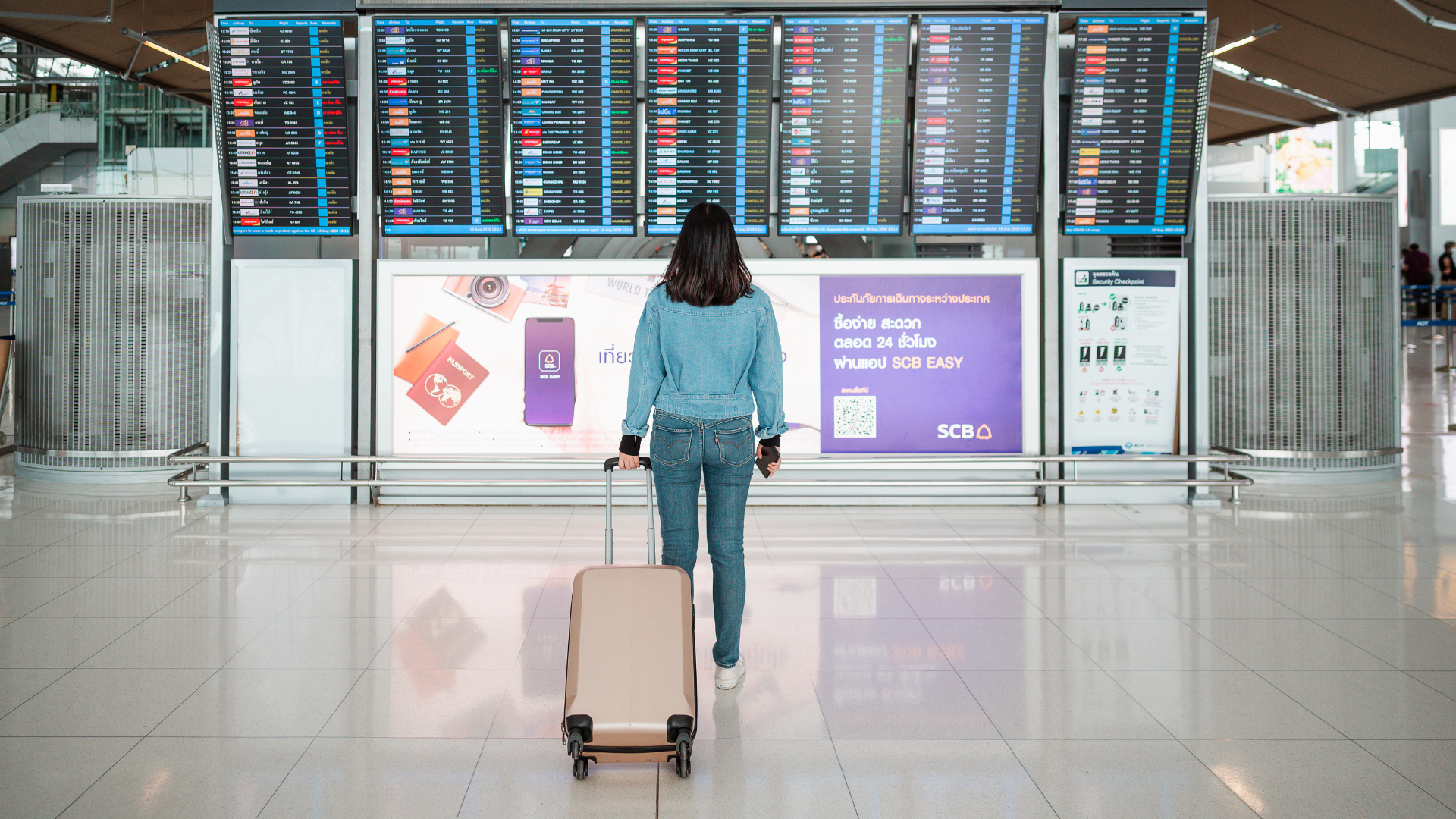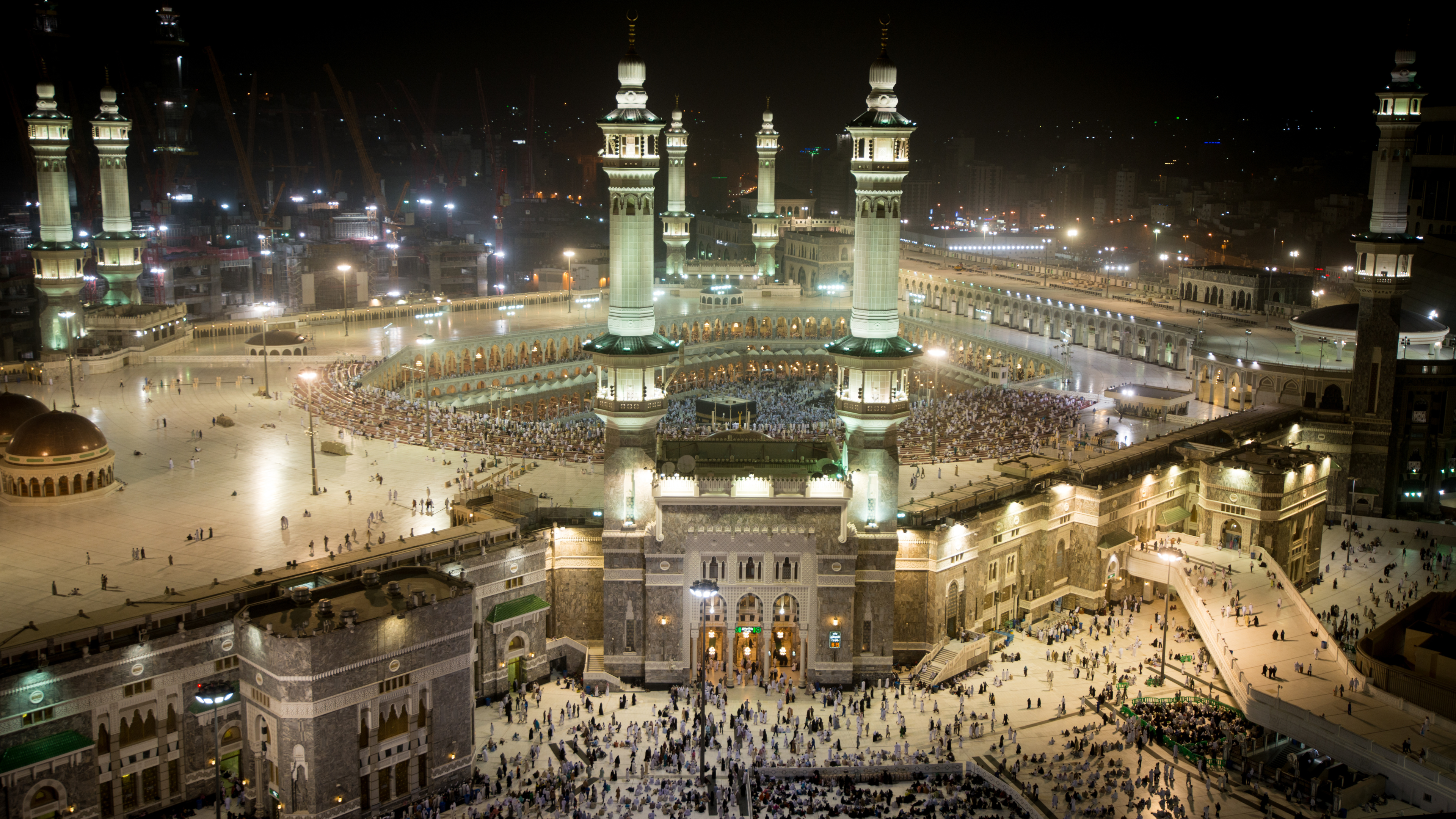“If I must die
let it bring hope
let it be a tale”excerpt from the poem If I must die, by Refaat Alareer,
a Palestinian writer and martyr in the Gaza genocide.
When news of the death of Ismail Haniyeh, one of the leaders of Hamas, arrived on the penultimate day of July 2024, the word “martyr” immediately stood out in the reports and tributes. In the West, this terminology may seem strange or exaggerated, after all, we tend to view such deaths through the prism of murder or political violence. However, in the context of the Middle East, especially among Palestinians, the term “martyr” carries a deep and multifaceted meaning that goes beyond the simple loss of life.
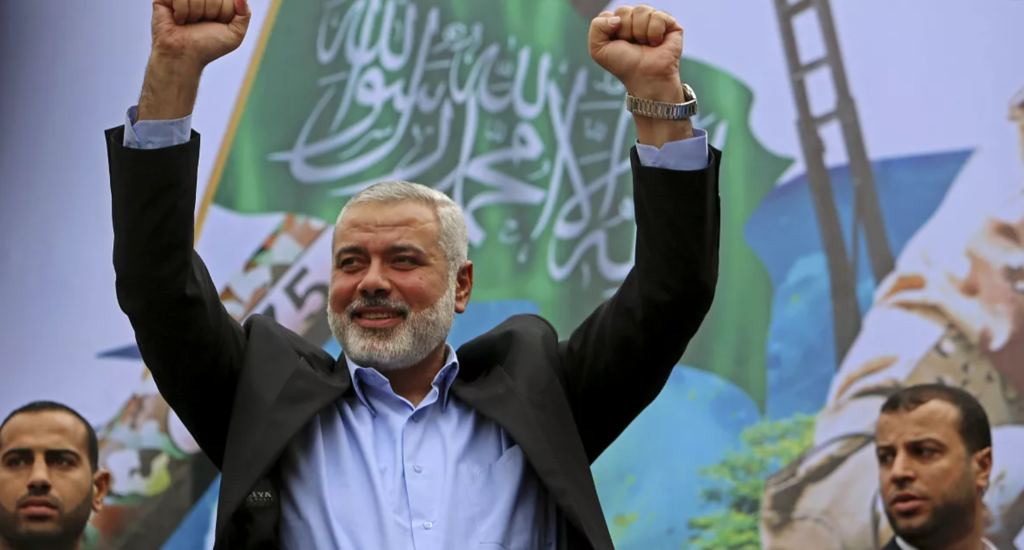
As a journalist who followed the unfolding tragedy in Gaza and who is producing a documentary series about the people of the Middle East, I have found that understanding this terminology is crucial to telling their stories fairly and accurately. Haniyeh’s death, like many others before him, was quickly characterized as martyrdom, something that to us Westerners may seem unusual or difficult to comprehend.
In the early weeks of the Gaza genocide, I asked several Palestinians about their use of the term “martyr.” Their initial responses were superficial and varied little: “They died defending their land,” “They fight for freedom,” “They are heroes.” These explanations, although sincere, did not satisfy my curiosity. I wanted to understand the depth and reason behind this specific usage.
Understanding came slowly, as I delved deeper into the history and culture of the Middle East. I learned that the term “martyr,” in the Arab and Muslim context, carries meanings that go beyond simple violent death. It is imbued with political, historical, sociocultural and religious nuances that are fundamental to understanding the struggle and resistance of these peoples.
Sociocultural and religious roots
In Islam, a “shaheed,” the Arabic term for martyr, is someone who dies in defense of his faith, his land (in the collective sense, never in the sense of private property), his family, or the freedom of his people. This concept is not unique to Islam; many cultures and religions have the idea of martyrdom as a form of supreme sacrifice for the collective good. However, in the Islamic context, dying as a martyr is seen as a direct ticket to paradise, a glorious destiny reserved for those who have made the ultimate sacrifice.
This worldview offers powerful solace to the families of victims and serves as moral, ethical, and spiritual legitimacy to continue the struggle. In conversations with Palestinians and other Arabs, I have come to realize that calling someone a “martyr” is not just a matter of semantics; it is a way of honoring their memory and their sacrifice, transforming their death into a symbol of resistance and hope. I would like to draw your attention to the fact that it is impossible to understand the Arabs without understanding the importance of Islam in the organization of social life, not only in Palestine, but in the entire Middle East.
Historical context of resistance
To fully understand the use of the term “martyr”, it is essential to consider the historical context of resistance in the Middle East. The region has a long history of invasions, occupations, and struggles for independence and political freedom. From the colonial era to more recent conflicts, such as the Israeli occupation of Palestine, the United States military interventions in Iraq, and the American and European military offensives in several countries in the region (mainly Iran, Lebanon, Syria, and Yemen), the maintenance of resistance movements is a constant.
In this context, those who die fighting against oppressors (classified by international political and judicial bodies as colonialists, imperialists, genocidal perpetrators, and war criminals) are celebrated as martyrs. They are remembered as heroes who sacrificed their lives for the freedom and dignity of their people. In interviews with families of martyrs, the repetition of this theme is evident: the death of a loved one was painful, but it was also a source of pride.
Western perspective vs. Regional context
As a Westerner, it was a challenge to deconstruct my own perceptions and understand the semantic value of the term “martyr” in the context of the Middle East. At first, it seemed like a glorification of death, something that my cultural background taught me to avoid. However, as I delved into the history and experiences of the people of the region, I realized that this terminology is deeply rooted in their daily struggles for freedom and justice.
Today, I understand that calling someone a “martyr” in the context of the Middle Eastern resistance is to recognize their sacrifice and the ongoing struggle for their rights. It is a reminder that, for many, resistance is a matter of survival and dignity, something that goes beyond a simple territorial or political dispute.
In the West, we are led to translate Muslim Arabs who lose their lives in a collective struggle for freedom, justice and faith as religious misfits, after all, giving one’s life for a collective or religious cause is something we have difficulty understanding. However, we Westerners accept losing our lives in an incessant fight for money and private property. We honor ourselves by working ourselves to the point of exhaustion, both physically and mentally, and we believe that personal effort is enough to make us rich, even though we are aware that the system is oppressive and does not benefit us. We accept having poor health and, as a result, dying a little each day, having a poor quality of life so that, in the final years of our lives, we will have a pension that obviously will not pay the bills. We give our lives to enrich people we will never meet.
Now, think about it: should we die fighting for religion, community and justice or should we die filling the coffers of millionaires who do not care about community or justice and use religion as an ideological tool to convince the faithful with clichés such as “God helps those who rise early” or “God is also a worker”?
The West counts numbers; the Arabs tell the testimonies of martyrs
During my research, I found several stories that illustrate the use of the term “martyr”. One of them is that of Mohammad al-Dura, a 12-year-old Palestinian boy who was killed in a shootout by Israeli soldiers. The image of Mohammad and his father trying to protect themselves has become a powerful symbol of the Palestinian struggle. Mohammad is remembered as a martyr, his death a representation of lost innocence and the brutality of the conflict.

Another remarkable story is that of Rachel Corrie, an American activist who was killed in 2003 while trying to prevent the demolition of a Palestinian home by an Israeli bulldozer. Rachel is seen as an international martyr for the Palestinian cause, her death highlights global solidarity and the human cost of the occupation.
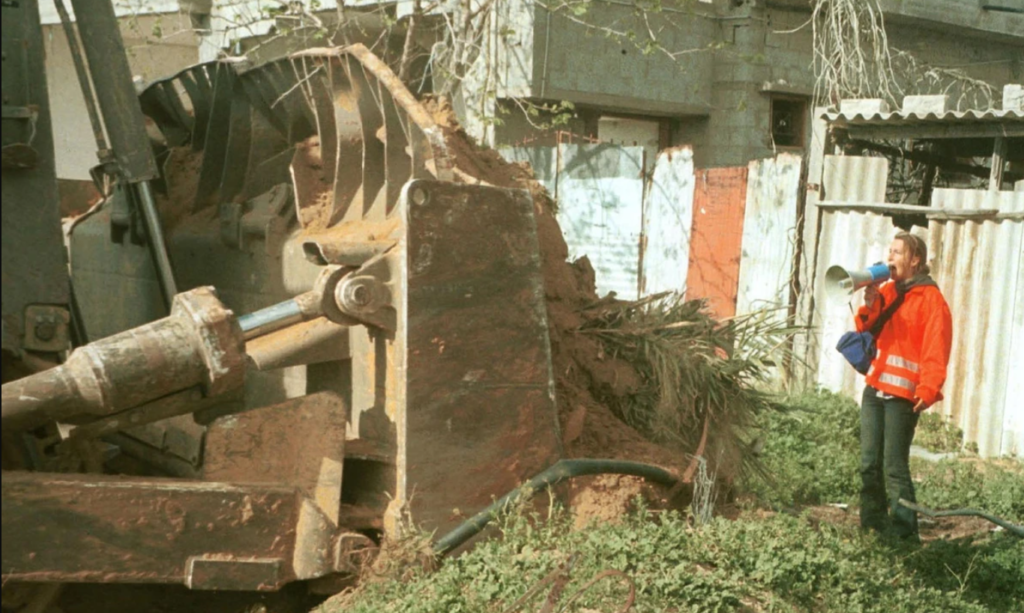
Unfortunately, I was able to follow, almost in real time, hundreds of stories of martyrs in the genocide in Gaza. These are absolutely sad stories and I feel obliged to honor them with my work and my personal testimony, and so there is still much to be said about this. Personally, even though I follow many of the martyrdoms in Gaza on a daily basis, there are some that I have great difficulty reporting, such as the case of little Hind.
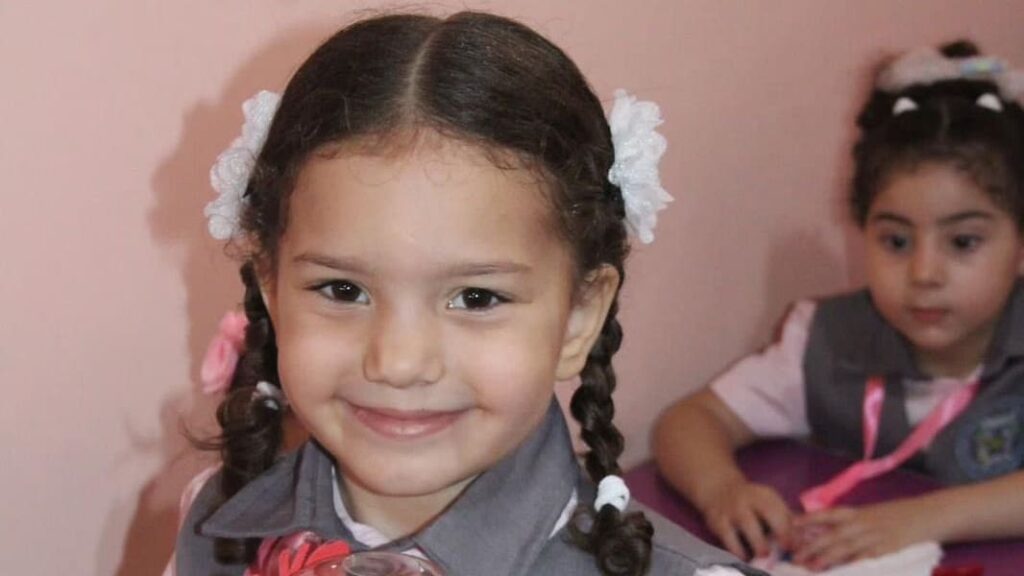
Hind Rajab was a little girl of just 6 years old who was subjected to the most absolute terror: she witnessed the murder of her uncles and four cousins when the car in which they were fleeing Gaza City was bombed by Israel. Hind spent hours on the phone with the rescue service. In the audio recording during the hours in the vehicle, she cries, begs for help and describes the movements of the Israeli forces.
The Palestinian Red Crescent Society has released a new audio recording of 6-year-old Hind Rajab, who was trapped in a car alongside her dead relatives, killed by Israeli strikes in Palestine’s Gaza, before meeting the same fate.
There is strong evidence that, when they shot 335 times, the Israeli soldiers were probably aware that there was a child in the vehicle. Although Israel denied it, an investigation conducted by the Euro-Mediterranean Human Rights Monitor concluded that Hind and her family were killed in a “planned execution”.
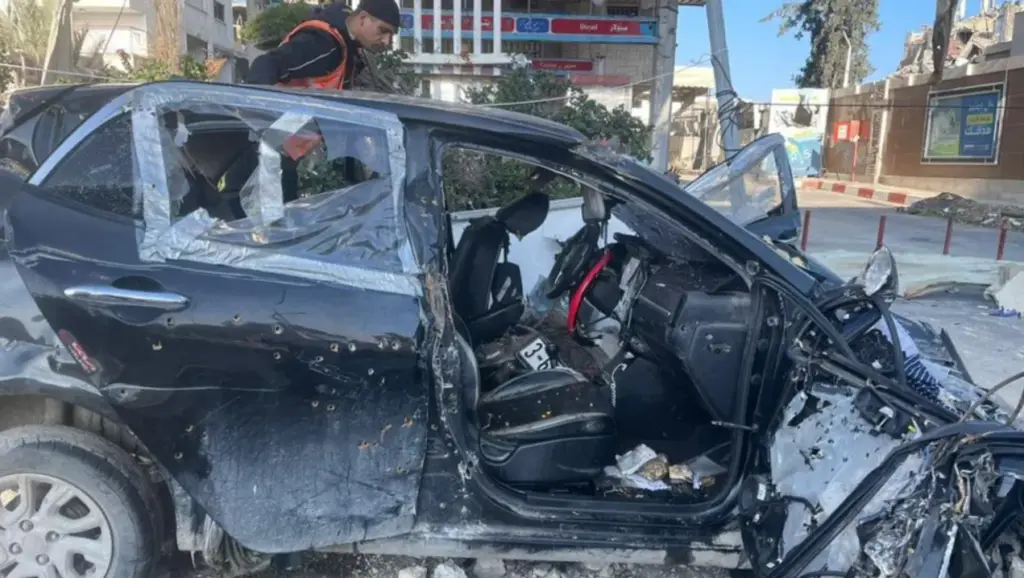
Hind’s martyrdom is a symbol of the necessary struggle for the liberation of Palestine throughout the world, against the historical violence undertaken by Israel and which was exacerbated by the genocide in Gaza.
Identity and social cohesion
The concept of martyrdom also plays a vital role in the collective identity of the peoples of the Middle East. In many communities, the stories of martyrs are passed down from generation to generation, creating a legacy of resistance and courage. This legacy is visible in many aspects of daily life, from art and literature to political and religious discourses.
In conversations with young artists, I realized that martyrdom is not just a fact (and it could not be in this context), it is part of the construction of identity and it is common for artistic expressions to bring up this theme. Although the countries of the Middle East have a recent colonial origin, the ideological operation does not happen as in Brazil, where the identity was constructed biased towards the values of the colonizer. It is quite noticeable that identity is mostly based on cultural and religious tradition and, although it has made efforts, the West does not have the power to drive the identity narrative.
Indeed, it is common to portray martyrs as inspirations, as figures who made the ultimate sacrifice to ensure a better future for their compatriots. Their pain is portrayed in a poetic way, full of rich symbolism, but always related to their experiences.
Martyrdom and the Media
Another interesting aspect is how martyrdom is portrayed in the Middle Eastern media compared to the Western media. While the Western media often focuses on violence and destruction, the Middle Eastern media often highlights the courage and sacrifice of the martyrs, presenting them as national heroes.
This difference in narrative reflects the distinct cultural and political perspectives of the two regions. For the people of the Middle East, celebrating martyrs is a form of resistance against oppression and a way to keep the flame of the struggle for justice alive.
The journey to understand the term “martyr” was a lesson in humility and empathy. I learned that in order to tell the story of a people, it is essential to understand their words and the context in which they are used. This understanding not only enriches our perception, but also brings us closer to the lived reality of those fighting for their freedom.
I hope this article helps others see beyond the headlines and recognize the depth and complexity of the struggles in the Middle East. Understanding the term “martyr” is just one step, but it is a crucial step in building bridges of understanding and mutual respect.

Brazilian journalist, specialist in identity and culture and creator of the Younis Project.

